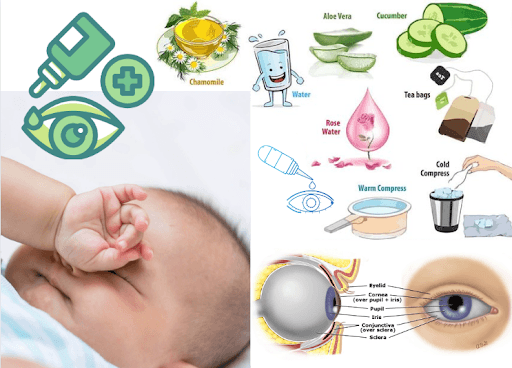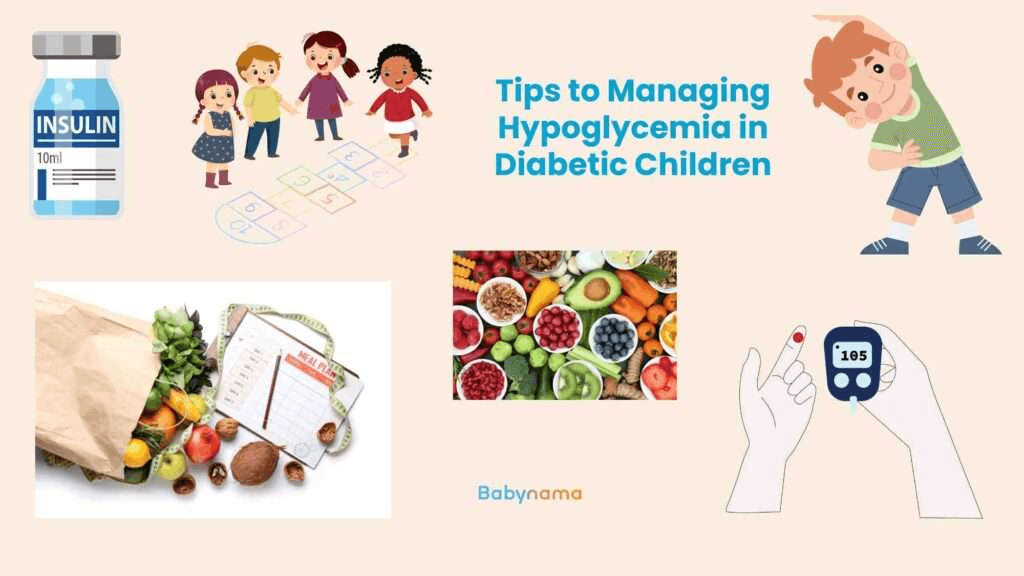
Building Strong Bones: A Guide to Infant Skeletal Development
Did you know that a newborn baby is born with about 300 bones, while an adult has about 206? In this blog, we will learn about the skeletal development of human infants, from their teeny-small toes to their pumpkin-shaped heads, and the importance of nutrition and weight-bearing workouts for their bone growth.
Infant Skeleton: Extra Bones and Development
- Newborns have nearly 100 extra bones compared to adults
- Bones gradually merge and fuse to form the 206-213 bones, like in adults
- Cartilage growth plates at the ends of bones merge between ages 13-17
Skeletal Changes in Children
- Cartilage in skeletons hardens and fuses as children develop
- "Soft spot" on newborn's head fuses to form a single cranium
- A person usually has 206 bones by early adulthood (ages 20-25)
Fetal Bone Development during Pregnancy
- During the first trimester, the entire skeleton comprises cartilage.
- Month 1: Mesoderm gives rise to bones, heart muscles, kidneys, and genitalia.
- Month 2: Clavicle and parts of the backbone are formed, arm and leg buds appear, and the tail vanishes.
- Month 3: Skeleton is fully formed, fingers and toes are made, and joints can move.
- Month 4: Placenta carries calcium from the mother to the fetus to build strong bones.
- Month 5-6: Active time for bone formation and fetal development.
- Month 7-8: Calcium from dairy sources is transported to ossify cartilage, grow muscles, and construct fat.
- Month 9: About 350 mg of calcium is delivered daily during week 36.
Bone Hardening in Newborns
- Osteoblasts produce new bone and repair damaged bone
- Calcium and mineral storage in bones gives them strength
- Calcium from breastmilk/formula and vitamin D helps bones absorb calcium and become stronger
Essential Factors For Protecting A Baby's Bones
Good Nutrition:
- A baby's bones need proper nutrients and vitamins for constant growth.
- Breastmilk and formula are ideal sources, and calcium-rich foods like dairy products and leafy greens are also beneficial.
- Vitamin D is crucial for bone development and can be found in fortified cereals and fruits like oranges and papaya.
Activities for Bone Development:
- Weight-bearing exercises like dancing and obstacle courses, informal sports, and resistance training can help build stronger bones in infants.
Conclusion
As 95% of bone mass is developed by age 20, it's crucial to ensure children receive proper nutrition and engage in bone-strengthening activities for a long, healthy, and active life.
Get expert medical advice from our team of experienced pediatricians within 15 minutes or emergency-consultation for your child's health and development. Sign up for Babynama's care plans today to get unlimited access to chat with a pediatrician directly on WhatsApp to get answers to your child's health-related queries and the best possible care. Babynama's aim is to provide fast, reliable, and quality healthcare support to parents. Be a part of Babynama today!





